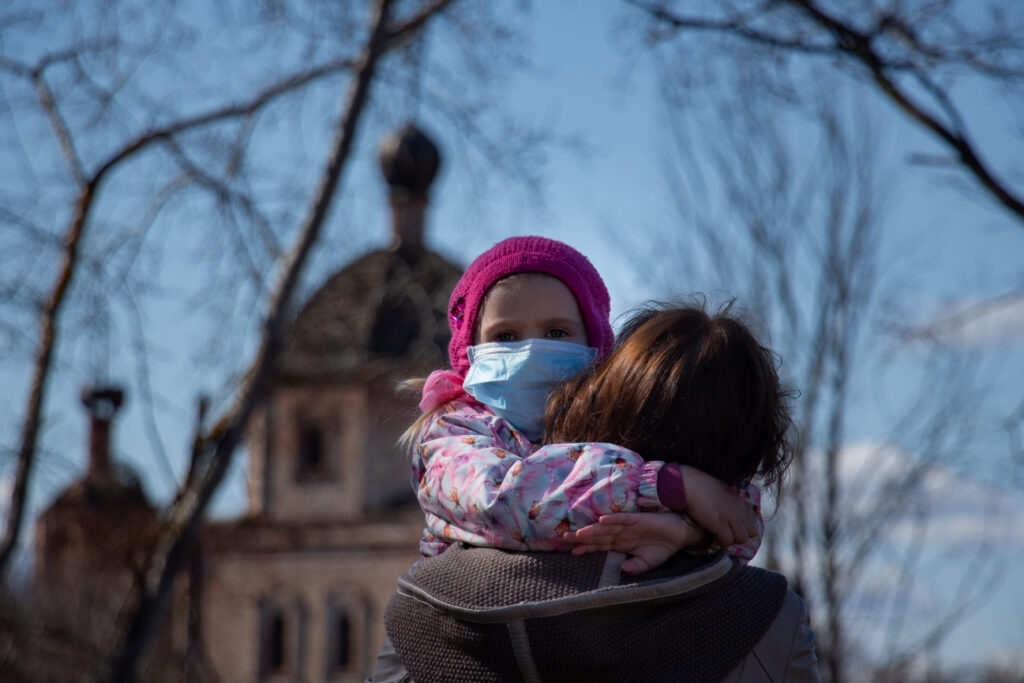Center to Improve Veteran Involvement in Care (CIVIC)
Recent Review Investigates Why Pandemics Are Hard On Vulnerable Groups
Written by Chris Larsen

The COVID-19 pandemics has affected us all, but not equally. How can lawmakers, industry leaders, and society more broadly protect the most vulnerable from the worst impacts during infectious outbreaks? Have past responses to pandemics exacerbated health disparities, and if so, what can be done to mitigate them in the future? To try and answer these questions VHA Office of Health Equity (OHE) and Health Services Research & Development (HSR&D) commissioned multiple studies investigating health disparities in pandemics.
Portland’s Evidence Synthesis Program (ESP) was tapped to lead one of these efforts, which led to a recent report entitled, “Health Inequalities in Infectious Disease Epidemics Pre-dating COVID-19 in the United States.” Penned by Dr. Karli Kondo, Chelsea Ayers, MPH, Beth Williams, MPH, and Dr. Somnath Saha, the 104-page report consisted of a rapid review of studies that have examined pre-COVID disease epidemics to try and understand what contributes to disparities among disadvantaged populations.
“One of the things that surprised us was that there was this well-established model of infectious disease disparities, and no one seemed to know about it,” wrote Dr. Kondo, alluding to one study examined in the review wherein Black/African American and Latino adults were found to be disproportionately affected by the H1N1 epidemic. The model, proposed by study authors Drs. Sandra Quinn and Supriya Kumar, focuses on three indices related to morbidity and mortality during a pandemic: the inability to impose social distance as a measure of exposure, the degree of susceptibility to the virus and its complications, and access to health care. Dr. Kondo and her team adapted this framework to look at other pre-COVID epidemics, and potential interventions.
The review identifies 50 articles that mention inequalities during epidemics, and an additional 12 studies describing interventions to mitigate inequalities, only one of which examined outcomes. Aggregating and analyzing data, Kondo’s team identified structural characteristics such as the inability to social distance at work or experiencing discrimination while seeking healthcare as significantly contributing to caseload and mortality. Interventions addressing these barriers like liberal workplace leave and community protection policies have yet to be investigated as reducing disparities. Surprisingly, access to care did not have a significant effect. One potential explanation suggested by the team is that access can be supplanted by a reluctance to seek care. A reluctance often understood by experiencing discrimination, or a lacking trust in historically discriminatory institutions. Kondo’s team stress the importance of engaging with communities, community leaders, and other lay promotoras in culturally informed and appropriate ways to build trust.
“It was both interesting and disheartening to be working on this and seeing the same patterns [in COVID]… with vulnerable populations at higher risk because of the same factors,” Dr. Kondo said. “Exposure and access are the two most important factors when we talk about infection and vaccination,” she explained. Protecting vulnerable groups will involve creative policy and systems interventions that have likely yet to be developed and tested. There is a long way to go, but reviews like Dr. Kondo’s will help researchers develop recommendations to lessen the damage felt by already disadvantaged groups during future epidemics.



















